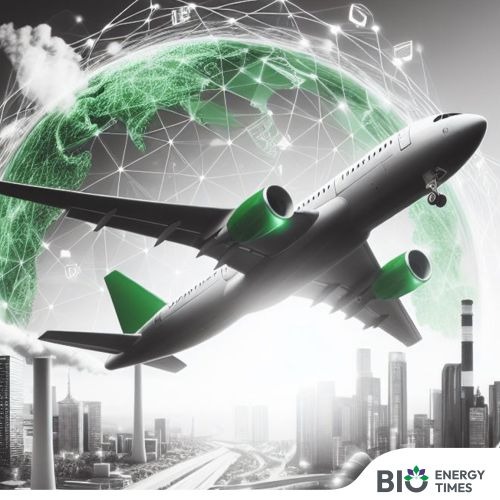A lack of technology rollout and infrastructure, rather than feedstock shortages, is the biggest obstacle to scaling up sustainable aviation fuel (SAF), according to a new study by the International Air Transport Association (IATA), reports Australian Aviation.
The study found there is sufficient feedstock to allow the global airline industry to reach net zero emissions within the next 25 years. Airlines will require about 500 million tonnes of SAF annually by 2050 to hit that target. IATA estimated potential feedstock at 12,000 million tonnes by mid-century, although less than 35 per cent will be available for bioenergy and biofuels due to competing demands.
Currently, commercial-scale SAF production relies almost exclusively on hydroprocessed esters and fatty acids (HEFA). IATA said the slow development of alternative production facilities has created a gap between potential and actual output.
“Global SAF production could potentially reach 400 million tonnes by 2050,” the study noted. “This would still leave a shortfall of about 100 million tonnes. Closing the gap will require better conversion efficiencies, faster technology rollout, stronger feedstock logistics, and major investment in infrastructure.”
IATA director-general Willie Walsh stressed that the report shows feedstock supply is not the barrier. “There is enough sustainable feedstock to achieve net zero by 2050. The challenge is scaling production. We need shovels in the ground now,” he said.
Walsh urged policymakers and energy companies to accelerate investment, saying the findings amount to an urgent call to action. “We have just 25 years to turn this proven potential into reality,” he said.
The study comes as the Australian Government ramps up its support for low-carbon fuels. Earlier this month, it announced a $1.1 billion Cleaner Fuels Program to be spent over the next decade. The scheme aims to attract private sector investment into domestic production of cleaner fuels, including SAF. The first “drop-in” fuels that can directly substitute conventional jet fuel are expected by 2029.














